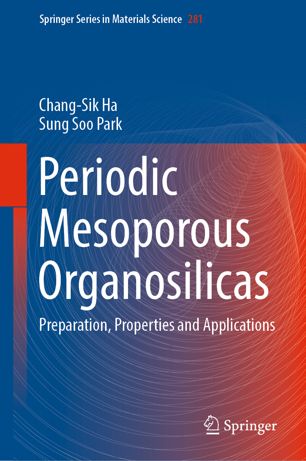

Most ebook files are in PDF format, so you can easily read them using various software such as Foxit Reader or directly on the Google Chrome browser.
Some ebook files are released by publishers in other formats such as .awz, .mobi, .epub, .fb2, etc. You may need to install specific software to read these formats on mobile/PC, such as Calibre.
Please read the tutorial at this link: https://ebookbell.com/faq
We offer FREE conversion to the popular formats you request; however, this may take some time. Therefore, right after payment, please email us, and we will try to provide the service as quickly as possible.
For some exceptional file formats or broken links (if any), please refrain from opening any disputes. Instead, email us first, and we will try to assist within a maximum of 6 hours.
EbookBell Team

4.8
94 reviewsThis book provides a comprehensive overview of the fundamental properties, preparation routes and applications of a novel class of organic–inorganic nanocomposites known as periodic mesoporous organosilicas (PMOs).
Mesoporous silicas are amorphous inorganic materials which have silicon and oxygen atoms in their framework with pore size ranging from 2 to 50 nm. They can be synthesized from surfactants as templates for the polycondensation of various silicon sources such as tetraalkoxysilane. In general, mesoporous silica materials possess high surface areas, tunable pore diameters, high pore volumes and well uniformly organized porosity. The stable chemical property and the variable ability for chemical modification makes them ideal for many applications such as drug carrier, sensor, separation, catalyst, and adsorbent. Among such mesoporous silicas, in 1999, three groups in Canada, Germany, and Japan independently developed a novel class of organic–inorganic nanocomposites known as periodic mesoporous organosilicas (PMOs). The organic functional groups in the frameworks of these solids allow tuning of their surface properties and modification of the bulk properties of the material.
The book discusses the properties of PMOs, their preparation, different functionalities and morphology, before going on to applications in fields such as catalysis, drug delivery, sensing, optics, electronic devices, environmental applications (gas sensing and gas adsorption), biomolecule adsorption and chromatography. The book provides fundamental understanding of PMOs and their advanced applications for general materials chemists and is an excellent guide to these promising novel materials for graduate students majoring in chemical engineering, chemistry, polymer science and materials science and engineering.